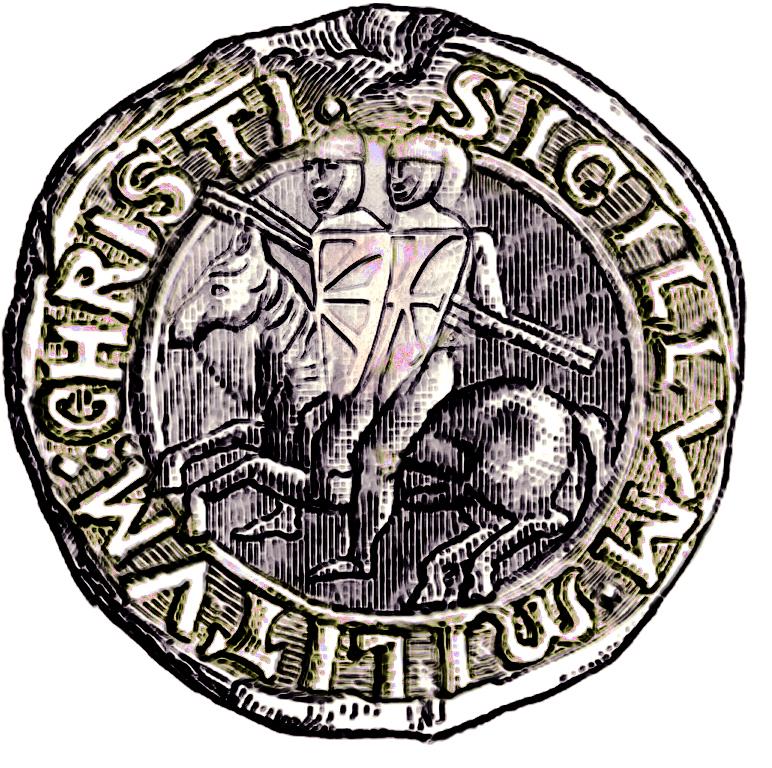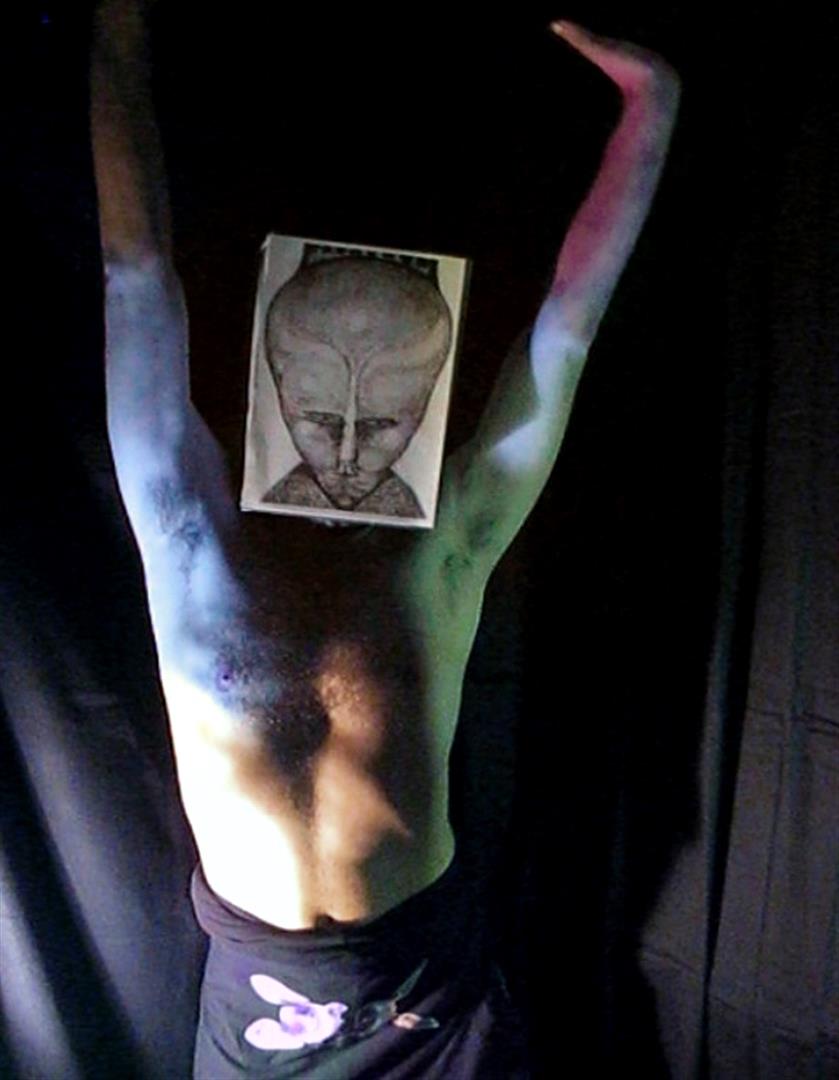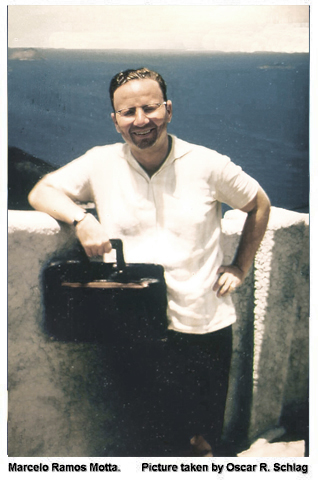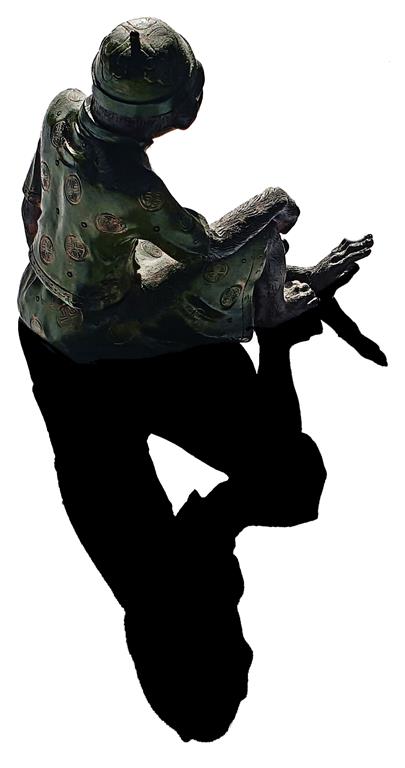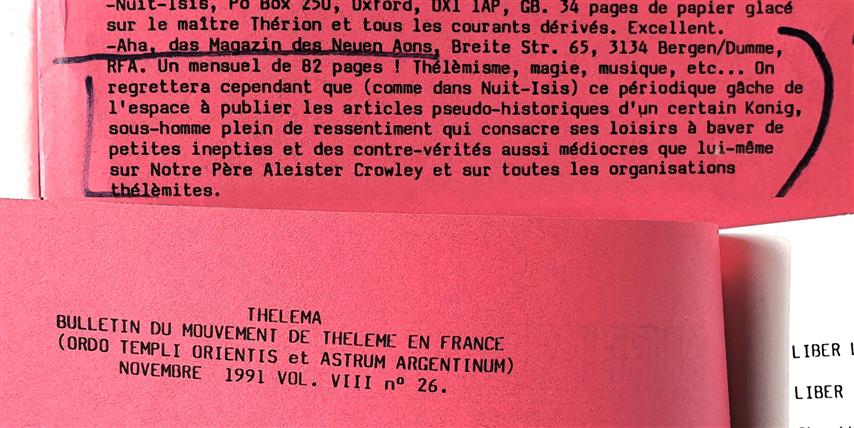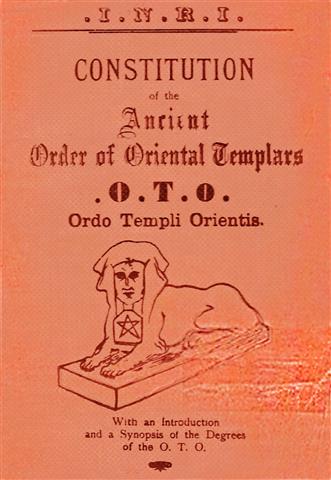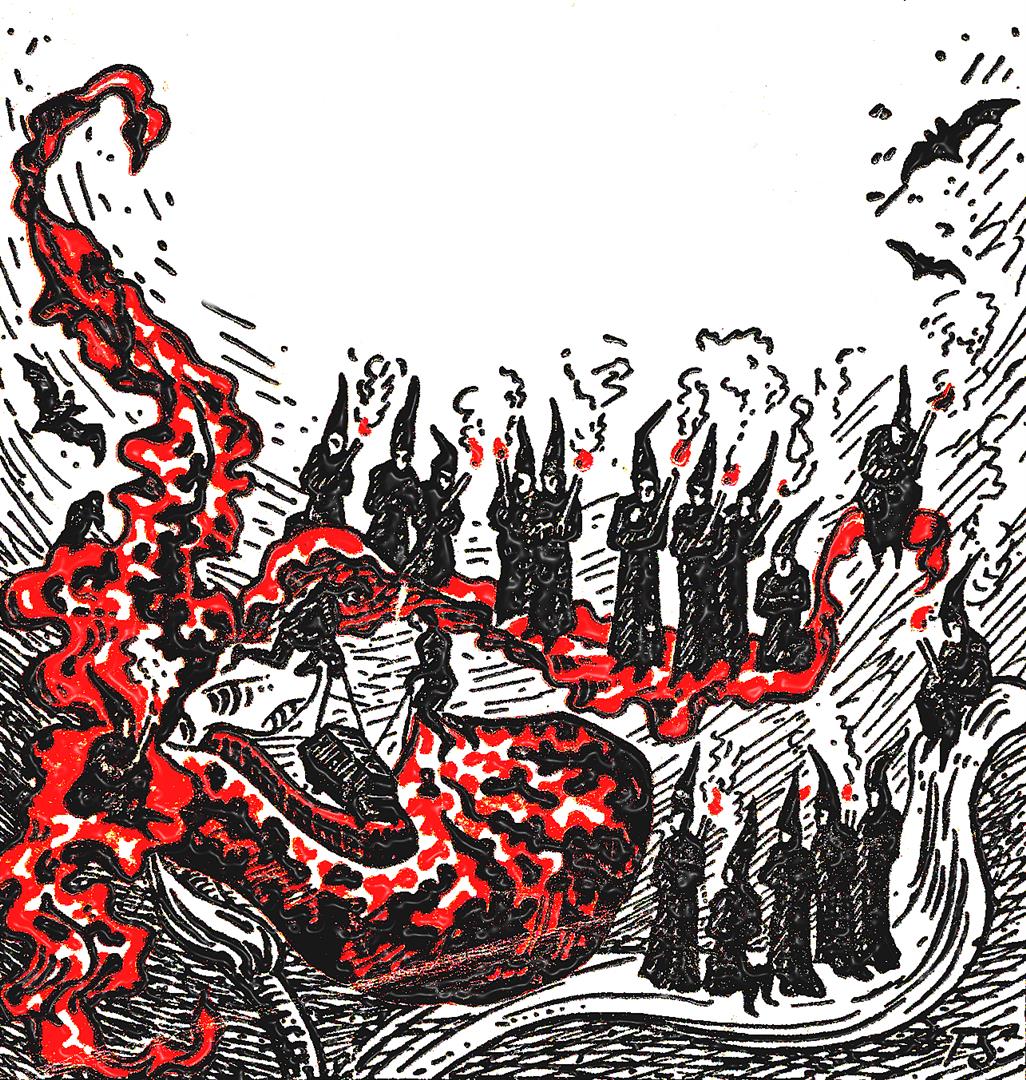The Ordo Templi Orientis PhenomenonAn Apeirogon
|
|---|
|
This project aims to research the psycho–sociology of a modern secret society called Ordo Templi Orientis (O.T.O.) through detailed historical fieldwork. The focus of the research is on modern–day occultism and the rôle of money, the alleged connections to the Templars and falsification of history, the modern Gnostics' use of expanded consciousness in their kitchen and bedrooms, sex magic(k), the modern Illuminati, the NeuRosicrucians, ossified folklore, ceremonial magic, and their relationship with Voodoo and Freemasonry. Additionally, the research will investigate the personalities, rituals, correspondences, and books associated with the O.T.O. Phenomenon. 

This study does not serve as an introduction to occult or esoteric topics, although it does cover the magical practices and rituals of relevant groups. Its primary focus is on documenting and occasionally discussing the behavior of the participating parties. The study serves as a reflection of the many puzzle pieces that compose a phenomenon characterized by the inconsistency and subjectivity of its sources. Folkloric aspects, which some might also consider as tittle–tattle, are treated as part of psycho–sociology and history. The banal within the elite. The avant–garde within the ordinary. All puzzle pieces have been utilized, except for legal criteria. Sometimes the result looks like a 'laundry list'. |


|
|
Western Orientalism effectively originated with the translation of the 'Thousand and One Nights' into French at the beginning of the 18th century. Soon anything even vaguely 'Oriental' seemed to exude a magical, sensual appeal — an appeal that had much to do with the idea of unspoilt nature in far–off lands. Nearly all Orientalist works contained erotic elements — often explicit — which sprang from a widespread belief that in the Orient mores (and thus morals) were more relaxed than in Europe. Orientalism can be understood as a mode of thought that has become globalized since the 19th century, shaping not only perceptions of the 'Orient' but also self–interpretations within it. Some even argue that the West, in fact, constructed itself through orientalism. Following Napoleon's campaign in Egypt and Syria between 1798 and 1801, Europeans were gripped with Egyptomania, and many were inspired to see and write about the treasures of the country for themselves. In the colonial 18th and 19th centuries, Western scholars engaged with Indian subcontinent cultures. British Orientalists emerged, translating Hindu scriptures to grasp their complexities. The 19th–century telegraph and steamships sped up India–West communication, aiding globalization. This facilitated broader access to Hindu knowledge as travelers, researchers, and officials shared insights via reports and publications. Like the fault Nietzsche had found in western culture, voids in some European's own cultures became filled with exotic customs, arts, philosophies, religions and sciences. Within their own universe, modern occultists are wandering encyclopaedias. It is quite state–of–the–art for them to plunder Ali Baba's coffers. The outcome is a construct of Western–influenced Egyptology and Orientalism, infused with elements from the Kabbalah, and sometimes containing fabricated details. It was in just such a context that an Oriental Templar Order, the O.T.O., was concocted in 1906 by Theodor Reuss from the symbols, rituals and nomenclature of regular and irregular Freemasonry in Germany. To see members wearing period garb was and still is not uncommon. The letters O.T.O. (or OTO) stand for Ordo Templi Orientis. Neither the use of the letters nor of the full name is unique to any group. Since the founding of the O.T.O. many groups have appropriated the name, its abbreviations, and acronyms and imbued them with contents to their own taste and liking. There are several rival groups using the name Ordo Templi Orientis or O.T.O. Some of them derive from an original that is, a first O.T.O. but not all. Not all but a few of them can lay some claim to stem from the original i.e. first O.T.O. of 1906. Within all iterations of the Ordo Templi Orientis, the lineage of succession assumes a paramount rôle, owing to the conviction that the appointed leader serves as the vessel for the Order's magical potency. Moreover, this leader also lays claim to a range of copyrights and royalties, most notably pertaining to the literary contributions of Aleister Crowley, a prominent protagonist within the O.T.O. 
The structure of most O.T.O.–varieties, like that of Freemasonry, is based on a staged series of initiations or degrees. It includes approximately 10 degrees, with some variation in between, and one that some refer to as a secret degree, depending on the circumstances. The essence / secrets of the Ordo Templi Orientis–variations are in their higher degrees; strictly speaking only members of these degrees are considered to be members of the O.T.O. proper. English version: Synopsis of Degrees. Traduction française: Synopsis des Degrés. 
While the O.T.O.’s initiatory system is a sort of Kafkaesque bureaucratic club game, it has a religious association under its obedience: The Gnostic Catholic Church. One of the O.T.O.groups intends "to restore Christianity to its real status as a solar–phallic religion." In addition to tax advantages, religion supplies a commodity that is always in demand: salvation. And it would seem that some O.T.O.–variations are simply making themselves bulletproof in the context of the law in some countries. The technical term for the bishopric in the context of the O.T.O. Phenomenon is Wandering Bishop or Episcopi Vagantes. This status is not defined by any character qualities, not by theological education or theological position. These bishops are not elected by a canonical church, nor proposed as an ordain by a suffragan and not bound to a historical episcopal see or consecrated by an official bishop according to the canonical procedure. 
A real bishop is not a successor of a sole apostle as only the synod/college of bishops in toto are heir to the college of the apostles. Therefore: no Wandering Bishop has a real apostolic succession. There is no Holy Ghost in Wandering–Bishop–consecrations. 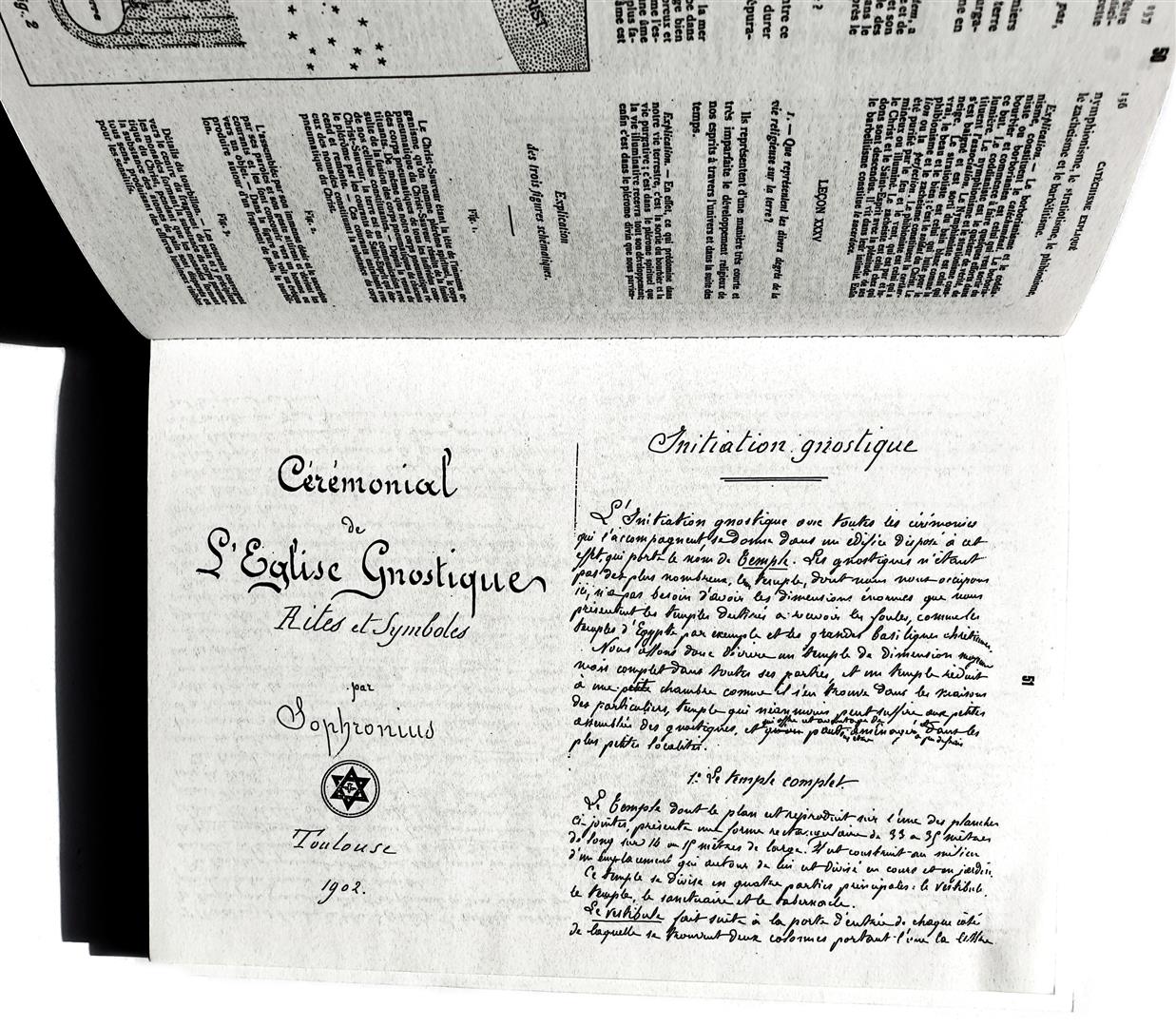
[From: 'Ecclesia Gnostica Catholica'] Their instrumentum consecrationis is of no apostolic value. Nonetheless, Wandering Bishops are collectors of papers and diplomas in the hope that at least one of the consecrations they record has taken. 
|
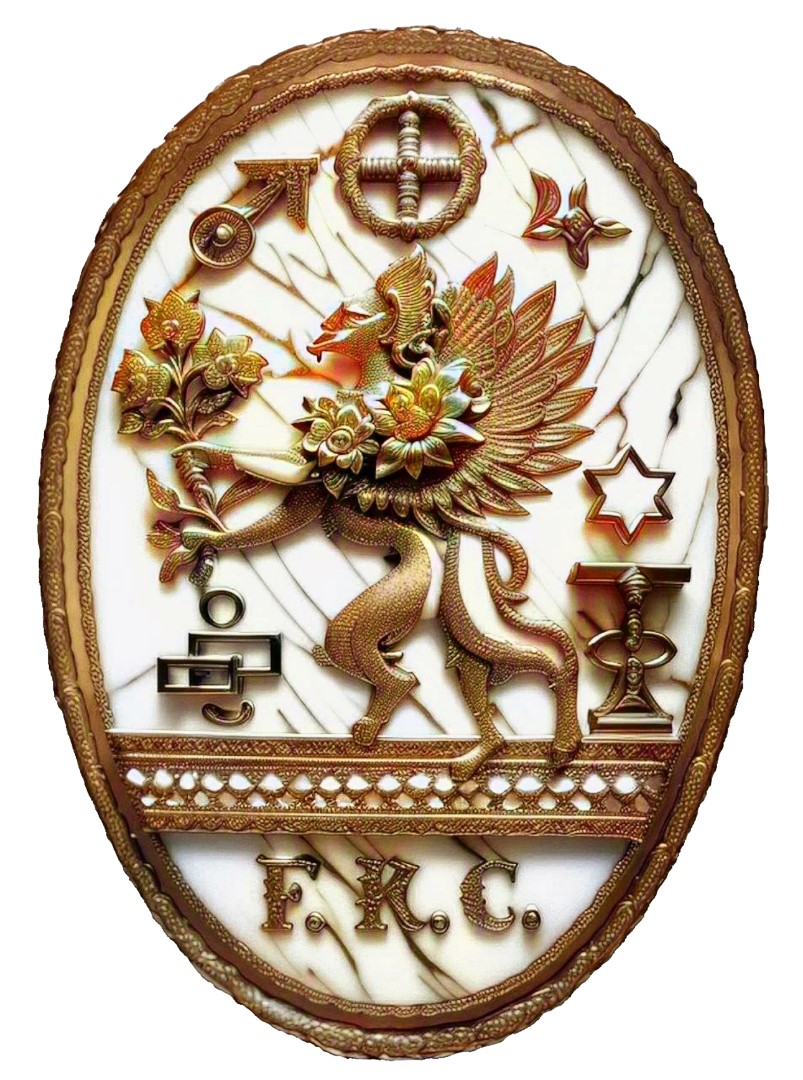
This website houses approximately 1000 webpages, incorporating articles, translations, comments, and diverse contributions, each containing numerous documents, photos, and similar visual enhancements. Some images are colored by AI and are duly labeled. The current introductory page provides access to only a restricted subset of these resources. Therefore, it is advisable to follow the hypertext links within individual pages for more comprehensive exploration. This labyrinthian character reflects the complexity of the investigated subject, as well as the nature of the research involved. 
As of October 2024.

"juste cruci suffixus est" Censer of the Fraternitas Saturni [Colored with AI] |
|
This site covers various esoteric topics, including the German Fraternitas Saturni, the Golden Dawn, Memphis Misraim (one of the mother–orders of the Ordo Templi Orientis), the Gnostic Catholic Churches (of French origin), the German Order of the Illuminati, Anthroposophy, the mostly Pan–American Fraternitas Rosicruciana Antiqua, QBLH, A.M.O.R.C., the Austrian AAORRAC, German Pansophia, the Choronzon Club (a sort of homosexual O.T.O. offshoot), the Ordo Templi Orientis Antiqua as an example of gnostic inflation with countless outflows and affiliations (e.g., the Monastery of the 7 Rays and La Couleuvre Noire). It also covers a new American O.T.O. founded in 1977 (called 'Caliphate'), the Society O.T.O. (in Brazil and the US), the Typhonian Ordo Templi Orientis (now called Typhonian Order), the Swiss O.T.O., the Solar Lodge of the O.T.O., and Charles Manson. Additionally, the site discusses Abramelin and Holy Guardian Angels, Aiwaz, LAM, Baphomet, and its equivalent, the egregor GOTOS of the Fraternitas Saturni. 
This site encompasses diverse discussions ranging from spermo–gnosticism, the pursuit of the Elixir of Life, and explorations into homeopathy. It delves into Aleister Crowley's parareligion, Thelema, shedding light on its complexities. Additionally, the platform scrutinizes the historical roots, including the proto–fascist and misogynistic elements within occult culture. Notably, it unveils never–before–published rituals, originating from the original Ordo Templi Orientis and a variant of the Hermetic Brotherhood of Light, rediscovered from archives previously undisclosed. Readers will also encounter contentious legal opinions and disputes, adding a layer of intrigue to the exploration, while an ethnological perspective invites contemplation on the broader cultural implications of these esoteric subjects. 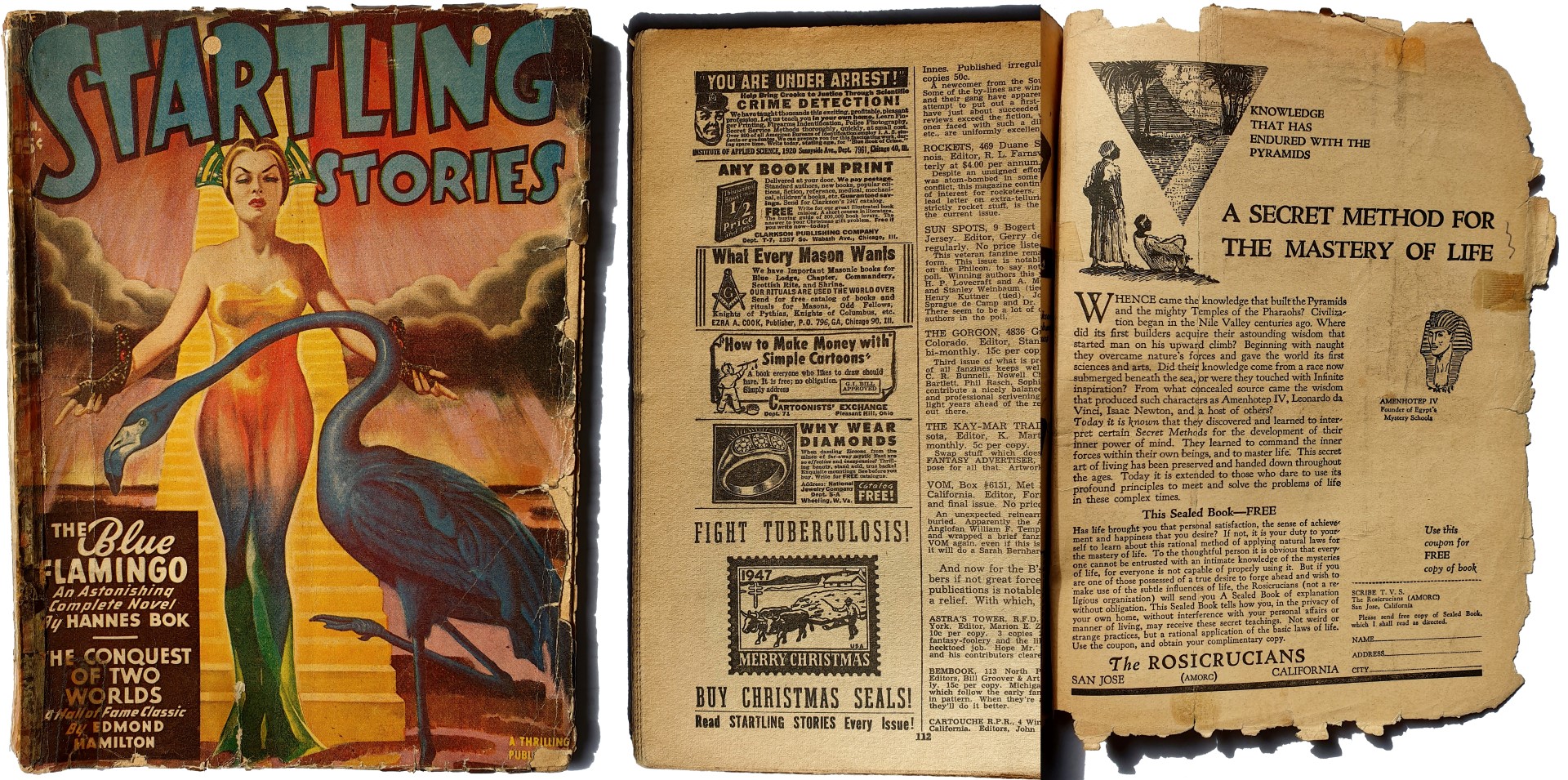
"What Every Mason Wants" 'Startling Stories", January 1948. |
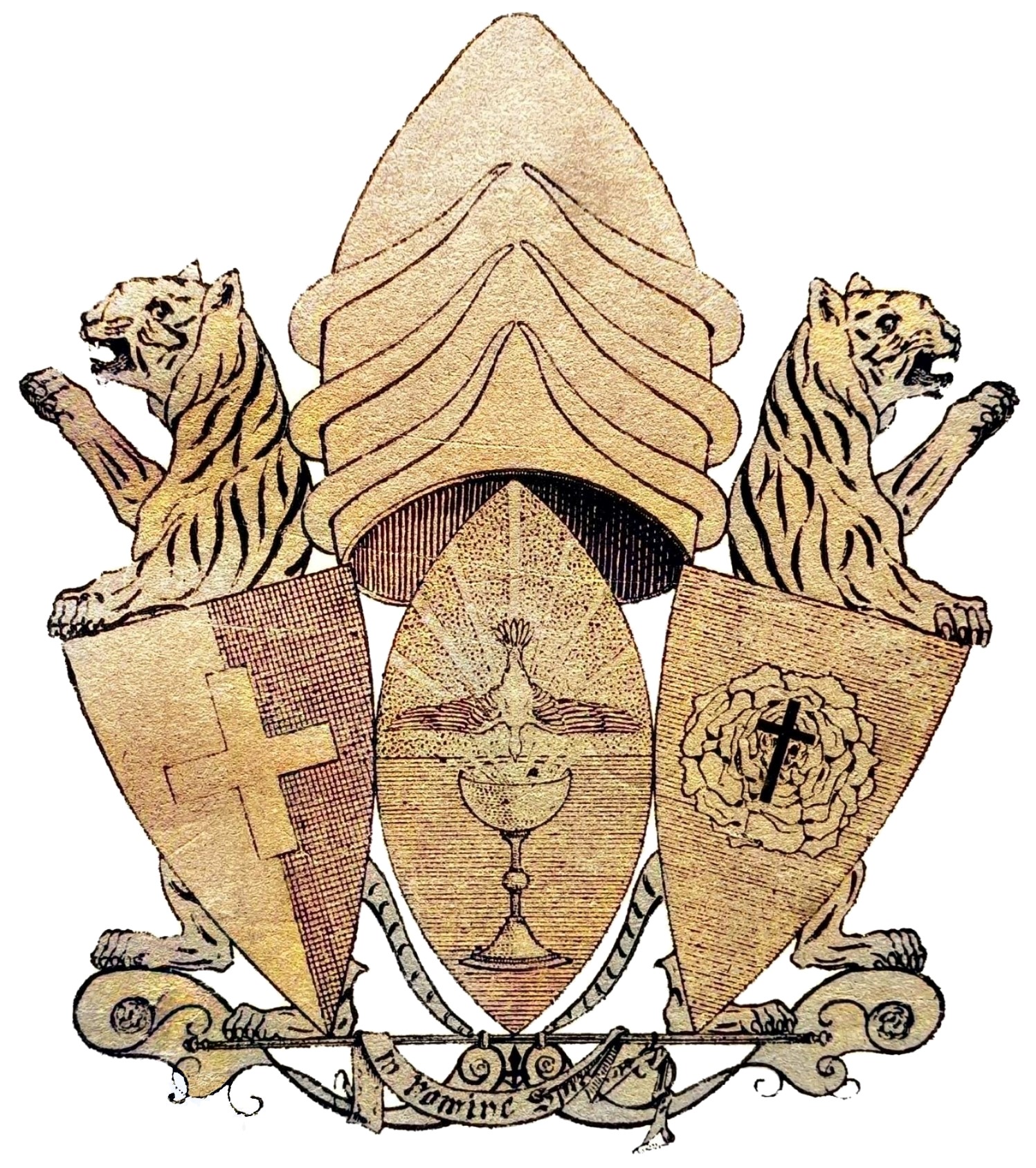
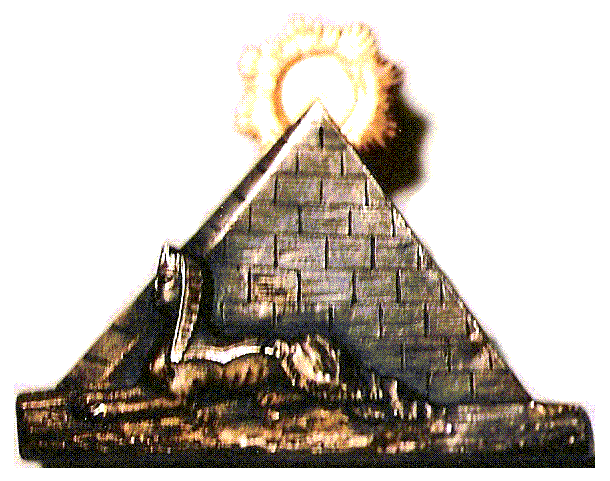





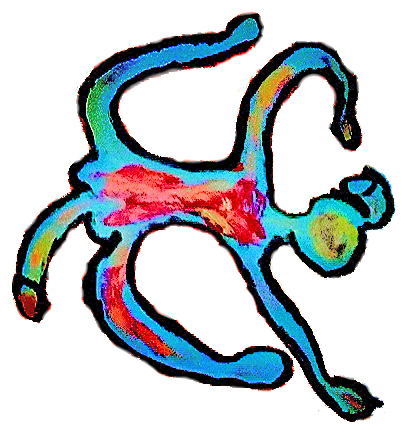


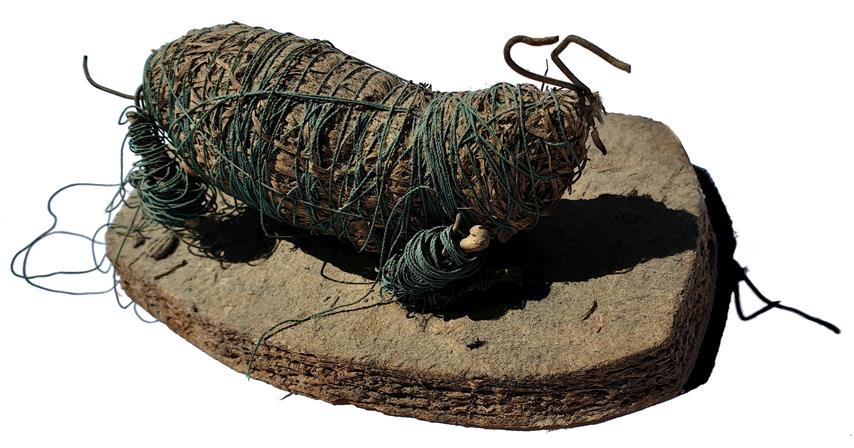











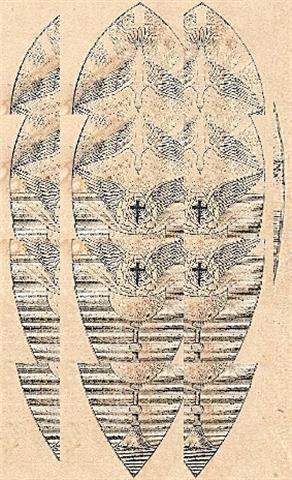



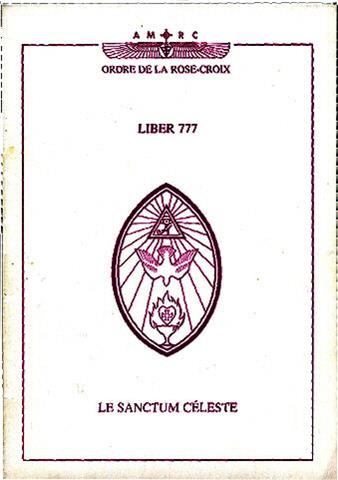








![Eugen Grosche [Gregor A. Gregorius] Fraternitas Saturni In Nomine Demiurgi Homunculi](https://www.parareligion.ch/2010/homunc/2.jpg)


